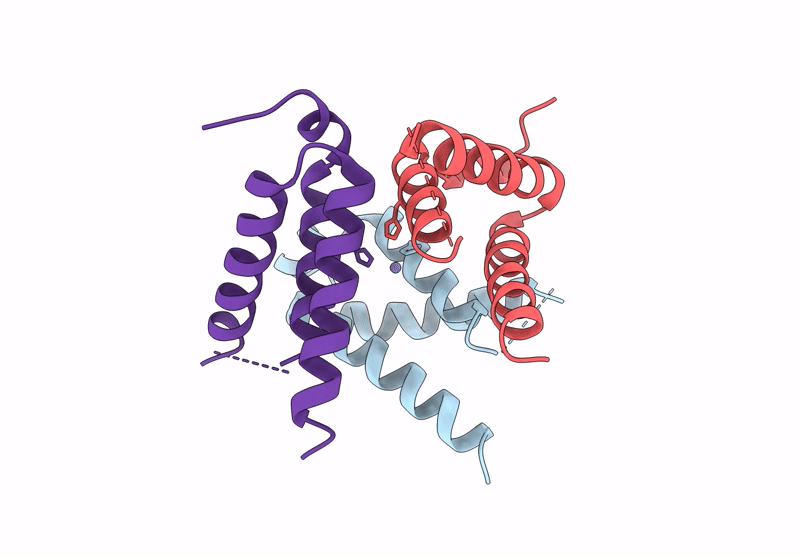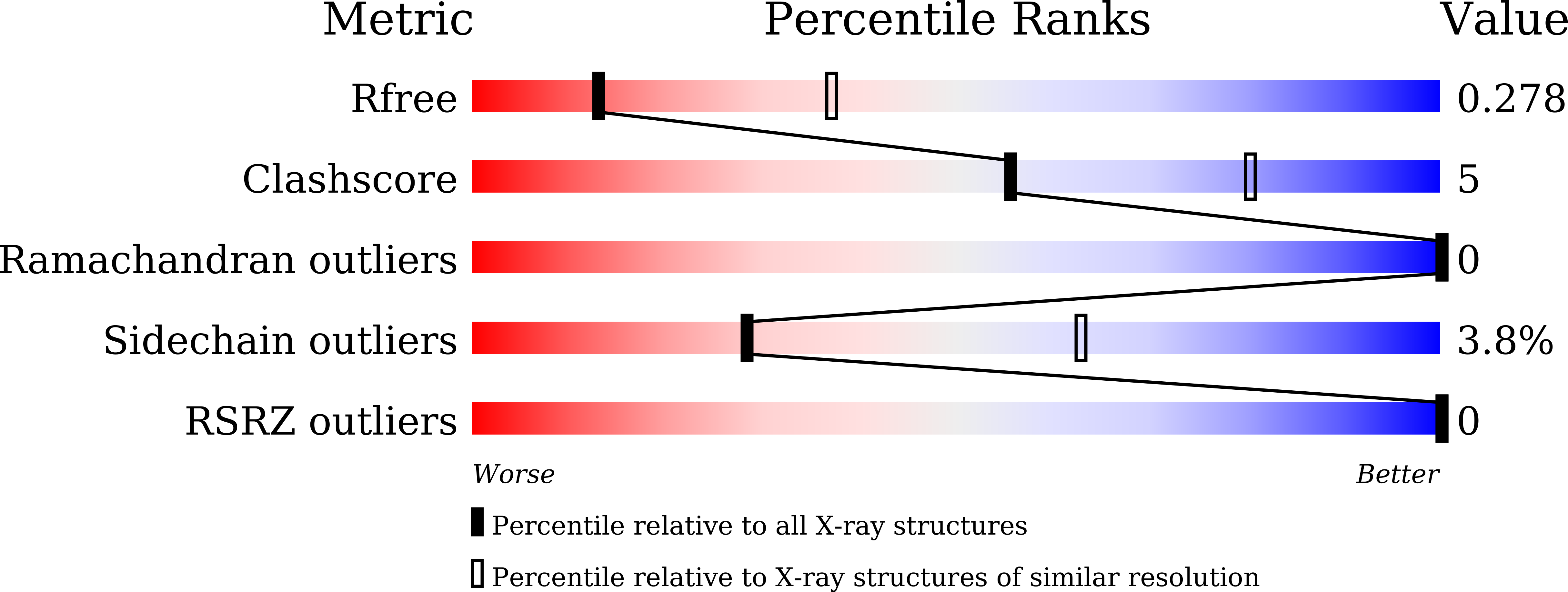
Deposition Date
2024-09-03
Release Date
2024-12-11
Last Version Date
2024-12-11
Entry Detail
PDB ID:
9JEJ
Keywords:
Title:
Crystal structure of human EP300 KIX domain (L644C mutant)
Biological Source:
Source Organism:
Homo sapiens (Taxon ID: 9606)
Host Organism:
Method Details:
Experimental Method:
Resolution:
2.90 Å
R-Value Free:
0.28
R-Value Work:
0.25
R-Value Observed:
0.25
Space Group:
I 4 2 2


